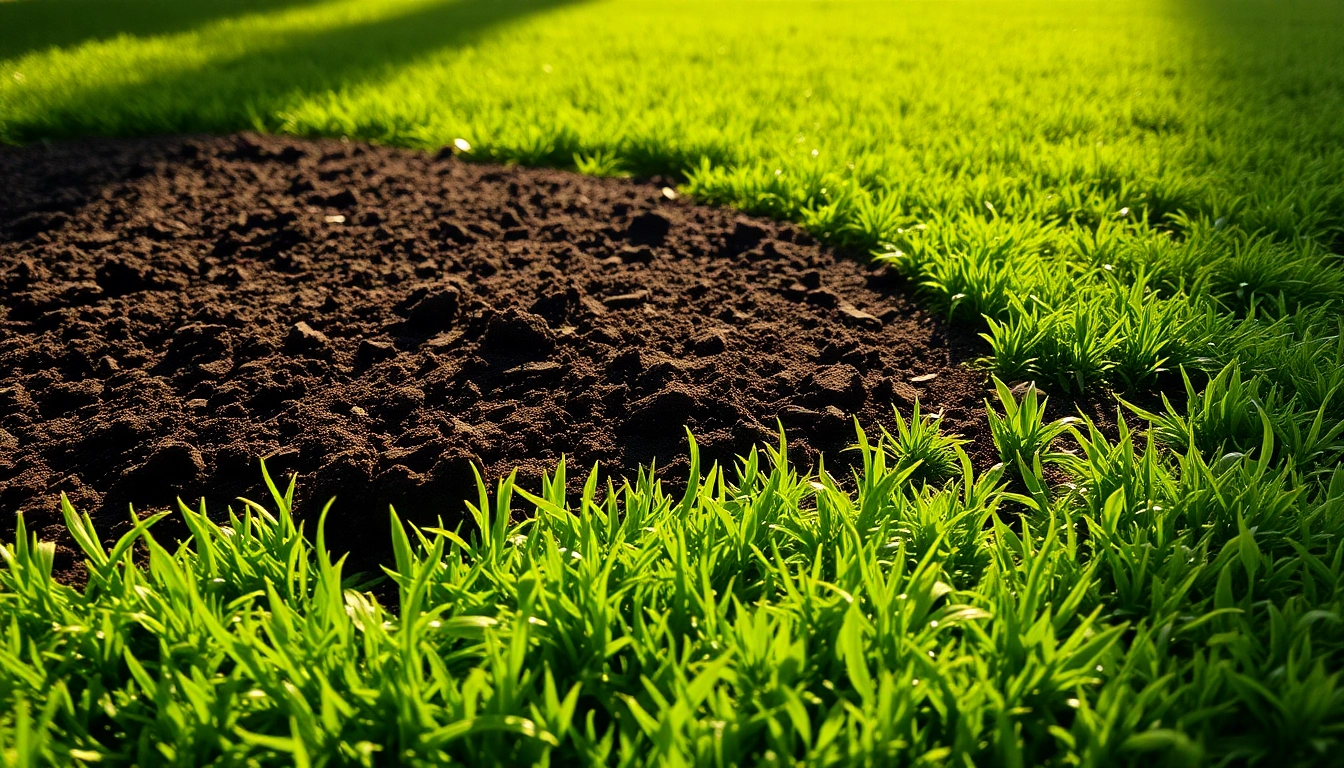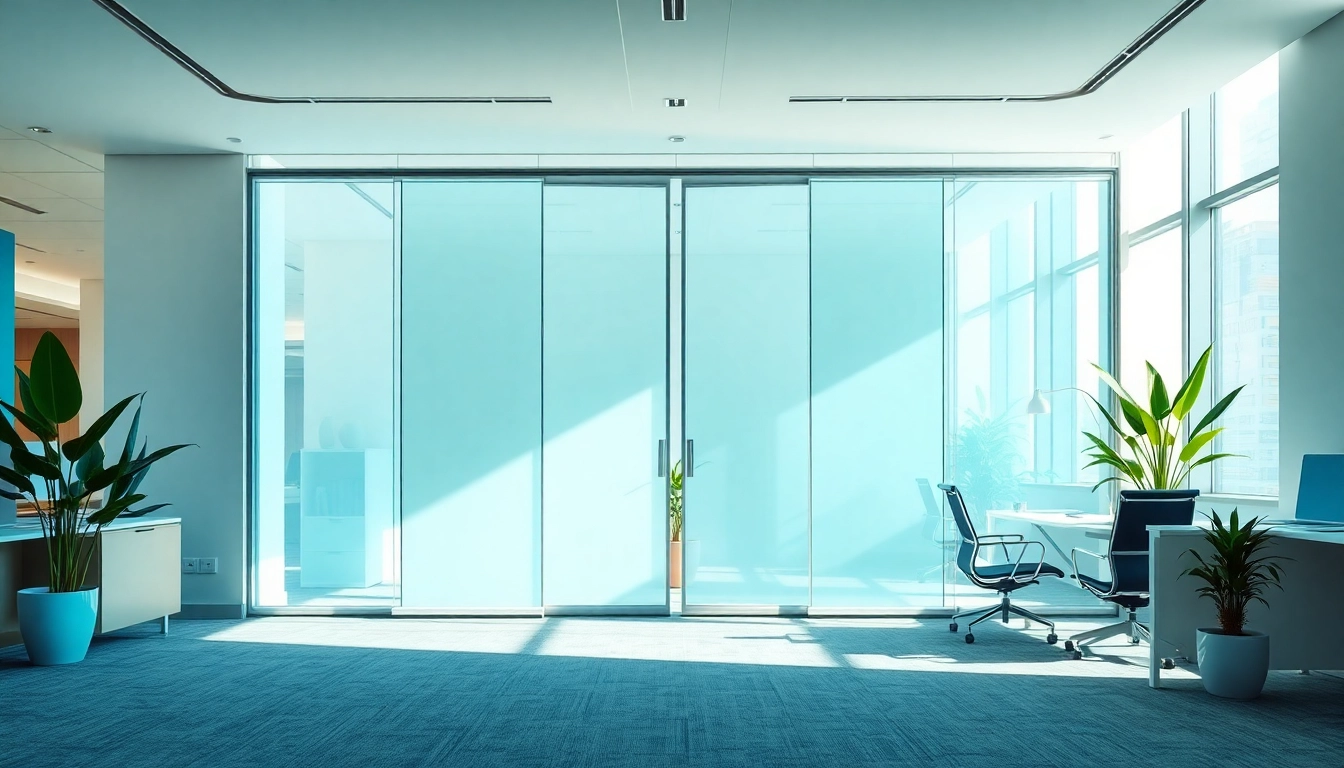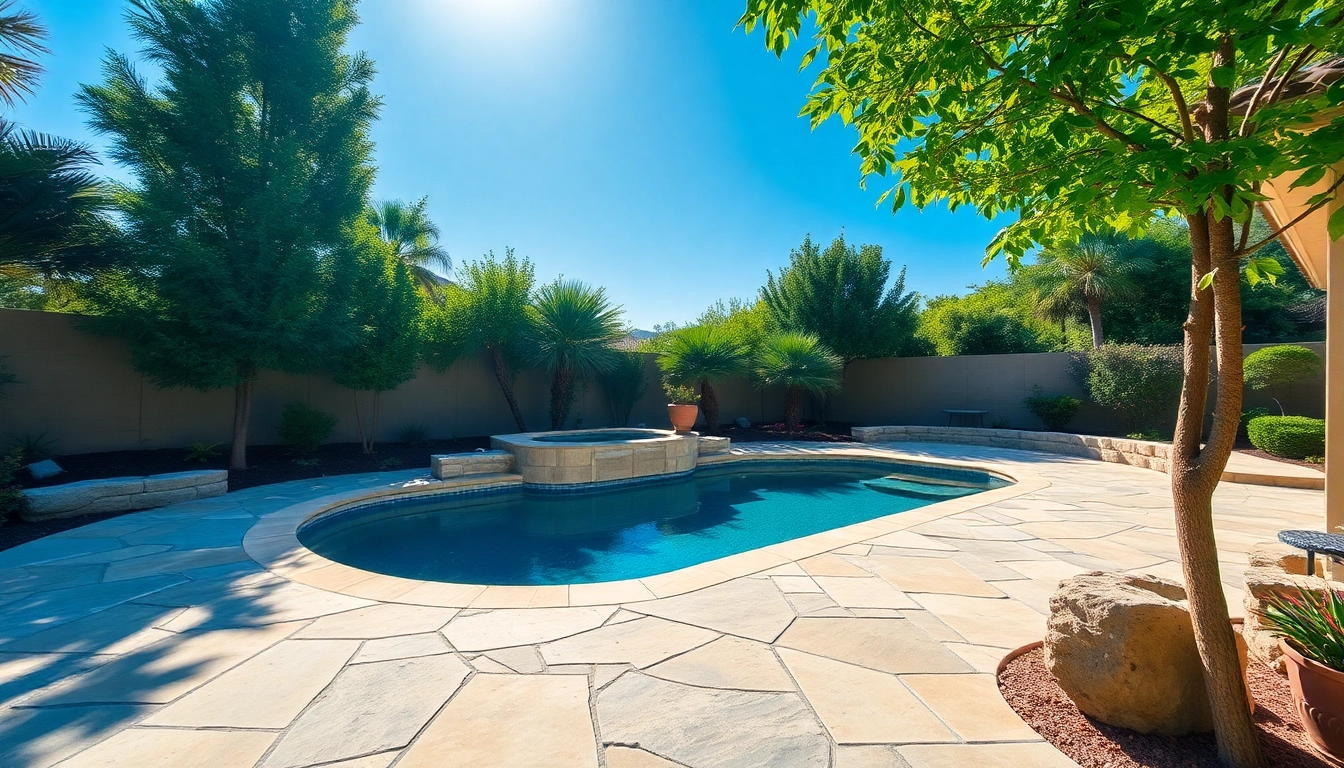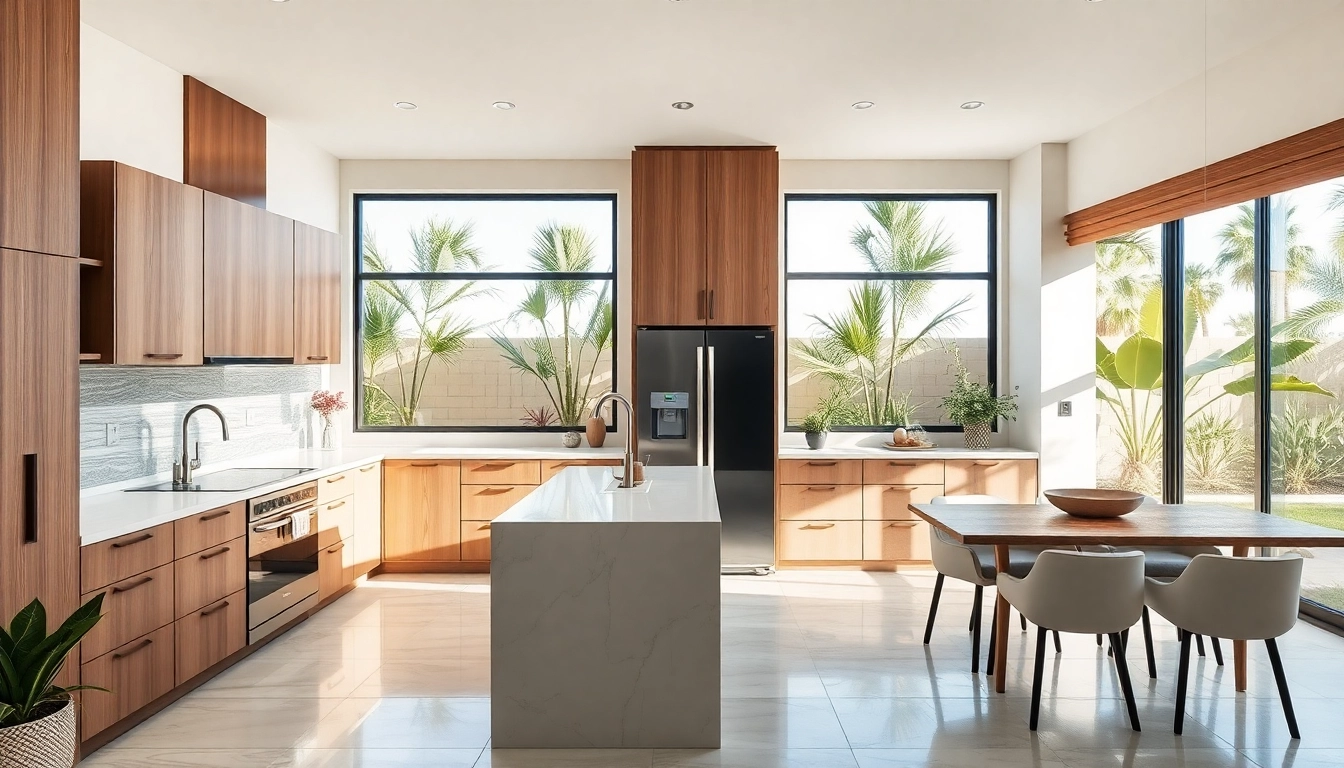Understanding Lawn Top Dressing
What is Lawn Top Dressing?
Lawn top dressing refers to the practice of adding a thin layer of organic material or soil onto the surface of your lawn. This process typically involves distributing a mix of compost, soil, and other amendments over the grass, usually ranging from 1/8 to 1/2 inch thick. By enhancing the surface layer of your lawn, top dressing improves soil health, provides essential nutrients, and fosters a thriving grass underlayer without choking existing grass plants. Top dressing can be performed for various purposes, including enhancing the lawn’s aesthetic appeal, improving drainage, and repairing damaged areas.
Why is Top Dressing Important for Your Lawn?
Top dressing plays a critical role in the overall health and appearance of your lawn. It provides a range of benefits that serve to support your grass’s growth and resilience against environmental stressors. Applying lawn top dressing can help mitigate issues such as soil compaction, poor drainage, and nutrient deficiencies, ensuring that your lawn looks its best year-round. Furthermore, it helps to maintain an even lawn surface, reduces weed growth, and can enable overseeding to create a denser, healthier lawn structure.
Common Materials Used in Lawn Top Dressing
Top dressing materials mainly consist of organic options, though some homeowners prefer to utilize inorganic mixes for specific purposes. Common materials used for lawn top dressing include:
- Compost: Rich in essential nutrients, compost improves soil structure while enhancing moisture retention.
- Topsoil: A crucial component of most top dressing mixes, topsoil benefits grass by enriching it with nutrients.
- Sandy Loam: Ideal for improving drainage and aeration, sandy loam is often mixed with compost and soil.
- Peat Moss: Known for its ability to retain moisture, peat moss serves well for lawns prone to drought.
- Sharp Sand: This improves drainage and is beneficial in heavy clay soils.
Benefits of Lawn Top Dressing
Enhancing Soil Fertility and Health
The essence of a lush, green lawn starts with healthy soil. Lawn top dressing improves soil fertility by introducing a variety of nutrients necessary for grass growth. By applying compost or well-aged manure, lawns receive a boost in organic matter. This organic material fosters a balanced ecosystem in the soil, improves microbial activity, and fosters the development of healthy root systems, ensuring long-term vitality.
Improving Drainage and Grass Growth
Proper drainage is vital for sustaining healthy grass and preventing waterlogging that can lead to diseases. Top dressing with sandy loam or sharp sand can improve the drainage capacity of the soil, allowing water to seep into the ground effectively. This moisture retention system enables grass roots to flourish, promoting healthier and stronger growth. A well-drained lawn resists the impacts of drought, provides stability for grass plants, and promotes even distribution of nutrients.
Leveling Uneven Surfaces in Your Yard
Over time, lawns may develop uneven surfaces caused by various factors, including erosion, heavy foot traffic, or poor landscaping practices. Top dressing offers a simple and effective solution to level these areas. By applying a top dressing mix, homeowners can refill low spots, creating a smoother surface that enhances lawn aesthetics and accessibility. This not only makes mowing easier but also minimizes the risk of water pooling, which can lead to weed infestation and diseases.
How to Properly Top Dress Your Lawn
Step-by-Step Guide to Lawn Top Dressing
Top dressing your lawn can be broken down into a systematic process that ensures an even application. Follow these steps for successful top dressing:
- Assess Your Lawn: Identify areas needing top dressing and check soil health.
- Prepare the Area: Mow the lawn and lightly rake the surface to ensure grass blades are not covered excessively.
- Choose Your Mix: Select a suitable top dressing material based on your lawn’s needs.
- Distribute the Material: Use a shovel, rake, or specialized top dressing spreader to evenly distribute the top dressing mix.
- Water the Lawn: After application, water lightly to help the mix settle and integrate with the existing soil.
- Maintain Care: Continue regular lawn care practices, including watering, mowing, and fertilizing as necessary.
When is the Best Time to Top Dress?
The best time to apply top dressing largely depends on the grass type and local climate conditions. Generally, early spring or early fall are ideal times for top dressing, as grass is actively growing during these periods. Avoid top dressing during the extreme heat of summer or winter months when grass is more vulnerable. Specifically, sandy soils may benefit from top dressing in the spring, as it helps enhance moisture retention and supports seed germination while providing nutrients to young shoots.
Tips for a Successful Lawn Top Dressing Application
For effective lawn top dressing, consider the following tips:
- Ensure the mixture is free of weeds and contaminants to prevent introducing unwanted plants into your lawn.
- Apply top dressing when the soil is slightly moist, which helps the new mix settle without washing away.
- For best results, apply top dressing with a drop spreader or specialized top dressing attachment for even distribution.
- Avoid covering grass completely; leaves should remain visible to promote photosynthesis and growth.
Choosing the Right Top Dressing Mix
Best Materials for Lawn Top Dressing
The choice of materials for top dressing can significantly influence the effectiveness of the application. A balanced mix typically includes organic compost, coarse sand, and topsoil. A common recommendation is to create a mix that consists of:
- 40% well-aged compost
- 40% sandy or loamy topsoil
- 20% sharp sand
This blend allows for effective nutrient delivery, improved drainage, and ample aeration, ensuring optimal health for your lawn.
DIY Top Dressing Mix Recipes
Creating your custom top dressing mix is simple and can be tailored to your lawn’s needs. Here are some DIY recipes based on common soil types:
- Clay Soils: Combine 1 part compost, 1 part sandy loam, and 1 part sharp sand to improve drainage and aeration.
- Sandy Soils: Mix 2 parts compost with 1 part sandy topsoil to enhance nutrient retention.
- Loamy Soils: Use equal parts compost, topsoil, and sharp sand for a balanced mix that optimizes growth conditions.
Where to Purchase Lawn Top Dressing Supplies
Top dressing materials can be sourced from various locations, including garden centers, landscaping supply stores, and online retailers. Be sure to select noted suppliers that sell high-quality materials free from contaminants. You can also consider contacting local composting services that may offer organic compost blends that suit your lawn’s requirements. Additionally, some municipalities provide composted materials that homeowners can use for local gardening needs.
Common Mistakes to Avoid in Lawn Top Dressing
Over-Application and Its Consequences
A common mistake is over-applying the top dressing mix. Excessive layers can smother existing grass, blocking sunlight, air, and moisture from reaching the soil beneath. This can lead to patchy growth and even areas of dead grass. It’s crucial to apply a thin, even layer to ensure that the grass maintains adequate exposure, thereby promoting healthy growth.
Ignoring Soil Testing Before Application
Before embarking on top dressing, it is advisable to conduct soil testing to determine nutrient levels and pH balance. By assessing the soil composition, you can select appropriate top dressing materials. Ignoring soil health may lead to nutrient imbalances and ineffective top dressing, negating the intended benefits and potentially harming the lawn.
Not Following Up with Lawn Care After Top Dressing
Top dressing is just one step in the continuous care required for a thriving lawn. After application, it’s essential to continue practicing proper lawn maintenance, including regular mowing, watering, and fertilizing as needed. Ensuring that your lawn receives appropriate care post-application will maximize the advantages of the top dressing material and create a lush, green environment that can withstand various stresses throughout the year.



